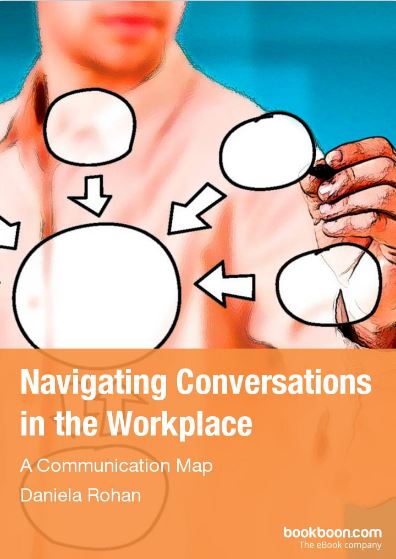How to Boost Communication Within Your Company: Talking To Stakeholders
 In the first article, you learned about individual requirements for communicating professionally. In this article, we will examine what successful communication looks like across departments and business units.
In the first article, you learned about individual requirements for communicating professionally. In this article, we will examine what successful communication looks like across departments and business units.
The stakeholder network
Whenever you collaborate with people within your company but outside of your own team, the network of people who have a stake in your project is far bigger than you might imagine. There are two major stakeholder groups:
- First-degree stakeholders:
Those are all the participants of your project as well as people in your company who will enjoy or suffer major consequences as a result of its implementation. - Second-degree stakeholders:
Those are the stakeholders of your first-degree stakeholders, i.e. people who can influence the view and behavior of your first-degree stakeholders. Depending on the topic of your project, those can be their clients or colleagues or business partners.
Of course, it isn’t always possible or even useful to consider the motivations and needs of every single first-degree and second-degree stakeholder when you want to get things done. But it is helpful to be aware of their existence – in many cases, it can help you understand conflicts, disagreements and perspectives that are otherwise hard to comprehend.
Communicating with stakeholders
When you talk to members of your own team, you have a major advantage: You know the other person reasonably well and can make an educated guess about their needs, motivations, and objectives. With people from other departments, you have to make more of an effort to understand where they, as a manner of speaking, are coming from. For that, consider these guiding questions:
- What are their personal objectives regarding this issue?
- What do they expect from you and your contribution?
- Is their main goal a financial one? Or is it about power, recognition, or principle?
- What do they have to gain or to lose?
- What is their preferred way of communication and cooperation?
- Do they hold you in high or low esteem?
- Whose opinion do they value? And are those people accessable to you?
This is just an example of possible questions that may lead you to a better understanding of your stakeholders. Important are two aspects: The first is that you understand the “stake”, that you know how and why this issue is important to the other person. The second is that you are aware how the other person sees you and what their expectations are towards you. Use these insights plus the general rules for successful communication you read about in the previous articles to connect to and interact with your stakeholders.
This article is based on the following eBook from Daniela Rohan:
Navigating Conversations in the Workplace
Here are more interesting blog articles for you to discover:
- 5 Essential Communication Skills Everybody Needs
- Effective Business Communication: Apps to help you!
- How to Write Emails That Get Responses
[bookboon-recommendations id=”1e43cb36-a3d9-4ebc-b714-e2bf96e28a17″ title=”You might also find these books interesting:”]




